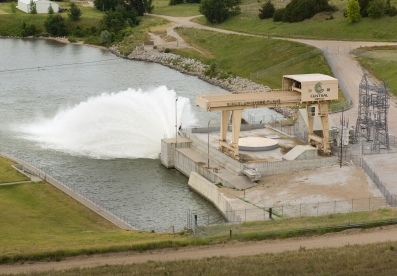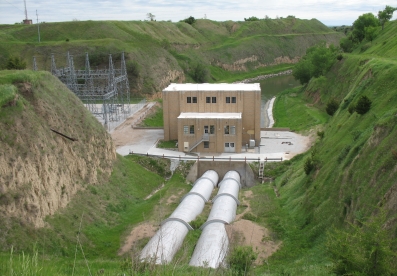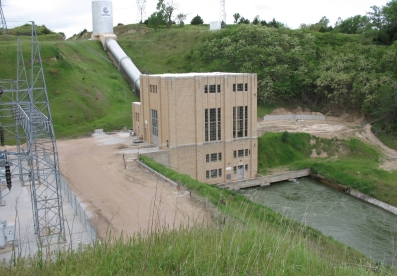Central is the largest producer of hydroelectric power in the state of Nebraska. The four facilities; Kingsley Hydroplant (50 MW), Jeffrey Hydroplant (20 MW), J-1 Hydroplant (20 MW) and J-2 Hydroplant (23 MW) have a total capacity of 113 megawatts.
The Hydro Division diverts water released from Lake McConaughy and/or the South Platte River into the Supply Canal, directs it through several lakes, three hydroelectric plants and delivers it to the irrigation system (during the irrigation season) or back to the Platte River (non-irrigation season).
The diversion for the Supply Canal is located 50 miles east of Central’s main storage reservoir, Lake McConaughy, and 75 miles west of Central’s irrigated area.



